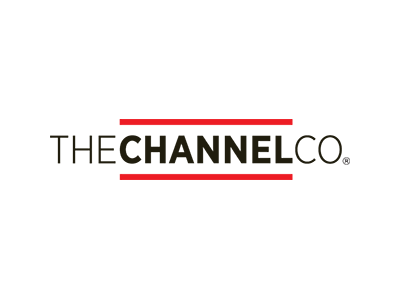Smart Lights in Stores Can Pinpoint Exact Location of Shoppers
IoT-based location technology along with beacons are being built into light bulbs, offering an accurate wall-to-wall location solution for individual shoppers.

Photo: Philips Lighting
Retail stores have traditionally relied on a tag team approach to identify customer location, using GPS to tag general location and combining that data with Wi-Fi and standalone, battery-operated beacons. Using this big three, a store can glean a fairly accurate picture of the proximity of an in-store shopper. Now, IoT-based location technology along with beacons are being built into light bulbs, offering a more accurate wall-to-wall location solution for individual shoppers.
The new generation of smart lights from Philips Lighting can locate a shopper at a very precise 8- to 12-inch range, allowing the store to trigger promotions and other messages to a shopper’s smartphone based on exact aisle location. According to Gerben van der Lugt, Global Business Development lead for indoor positioning at Philips Lighting, these lighting solutions are “focused on proximity vs. positioning.”
Instead of sending a signal to a smartphone like a beacon system does, the LED lights in the store connect with a phone screen as soon as it is opened. Each light fixture in the store has a unique identification code using Philips Visible Light Communication (VLC) technology. The smartphone camera detects the code in the light and identifies its precise location.
As van der Lugt explains in a recent article in MediaPost, “Every fixture has a unique ID and a small variation in the intensity of light. The camera of the phone can see the modulation, although people can’t.”

Photo: Philips Lighting
For shoppers to get the message, they need to have the retailer’s app installed. The app ties into the store’s promotion system, so a consumer can select and browse through the promotions while they shop. The store can set up the data push so that the consumer can configure it to “show all the promotions around me.” The consumers also have to opt-in to receive the light-triggered messaging.
LEDs vs. Standalone Beacons
One advantage of having the location system in the lighting is cost. Adding smart lighting is an incremental upgrade, while installing a separate beaconing system requires a bigger investment.
Indoor positioning via lighting can also add value for retailers in terms of staff efficiency. Staff can locate and find products more easily, can tag issue reports with location information and can get location-based re-stocking instructions. Transmission of positioning data even works when the lighting is dimmed, according to Philips. Once installed, access to location information is controlled by the retailer, so the store can directly manage the customer or staff experience.
In addition to lighting-triggered technology, a retailer can include beaconing functionality in the light fixtures as well. So even if a smartphone was not visible but in a shopper’s pocket or purse, its location could be identified and tracked. When opened, the person holding the phone can be located to within a few inches, according to Philips.
Lighting the Way with IoT
Philips has done a major install of this LED-based indoor positioning for Carrefour, a leading retailer in Europe. According to a company statement, Philips indoor positioning system for Carrefour consists of 800 linear LED fixtures, a cloud-based location database and a Philips software development kit for the mobile interaction platform. As part of the installation, Philips software and cloud-based location database has been integrated into Carrefour’s mobile app, the “Promo C’ou.”
Watch the video on the lighting solution at work at Carrefour Hypermarket or read the case study.